5.8 /10 1 Votes
5.2/10 Anime-Planet Directed by Takashi Hisaoka First episode date March 1978 | 6.4/10 MyAnimeList Final episode date 29 January 1979 Number of episodes 45 | |||||||||||||||||||||||||||||||||
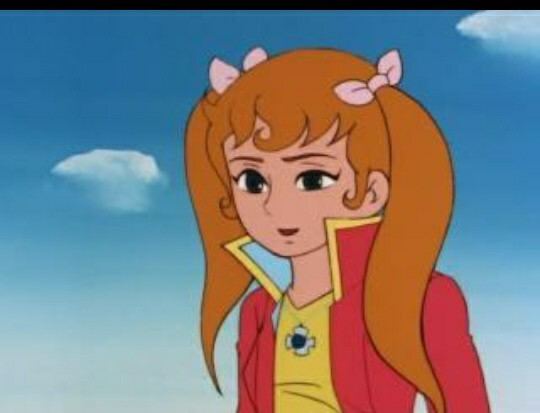 | ||||||||||||||||||||||||||||||||||
Studio Toei (production), Nippon Sunrise, Neomedia, Kaze Pro Original run March 6, 1978 – January 29, 1979 Cast Similar Majokko Megu‑chan, Miracle Girl Limit‑chan, Mahōtsukai Chappy, Lalabel, Mahō no Mako‑chan | ||||||||||||||||||||||||||||||||||
Majokko Tickle (魔女っ子チックル, Majokko Chikkuru), also known as Magical Girl Tickle or Magical Girl Chickle, is a 1970s magical girl manga and anime by Go Nagai. Unlike Nagai's earlier (and more popular) Cutie Honey, Majokko Tickle is closer to the more traditional mold of magical girl anime such as Mahoutsukai Sally, and unlike Nagai's other, more popular works, was created for an audience of pre-teen girls.
Contents
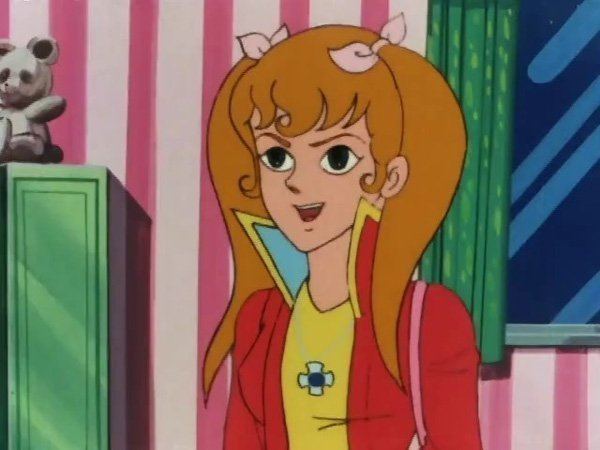
The anime television series was produced by Toei Company Ltd. (the main office, not the animation studio), with the actual animation produced by various other studios, including Nippon Sunrise. It consisted of 45 episodes and was aired across Japan on TV Asahi from March 6, 1978, to January 29, 1979. It brought the magical girl genre of anime back to Japanese TV screens for the first time since Toei Animation's Majokko Megu-chan aired its final episode in September 1975. Some episodes were scripted by Masaki Tsuji, a longtime friend of Nagai's and head writer on his earlier series Devilman, Dororon Enma-kun, and Cutey Honey. Go Nagai also wrote the lyrics to the opening theme song.
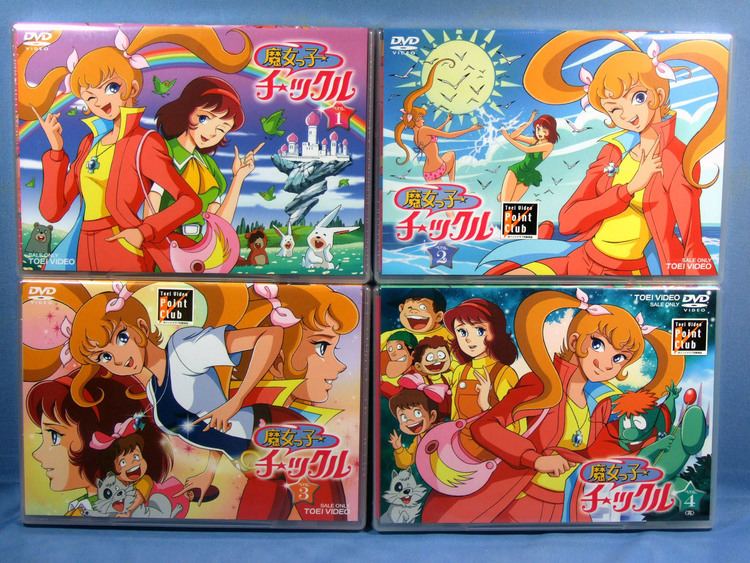
Majokko Tickle is notable for being the first magical girl series to feature a "double hero" (Tickle and her human "sister" Tiko, or a "lucky pair" as they are referred to during the series). Reportedly the series was inspired in part by the popularity of Pink Lady, a female pop duo who were known for performing their songs and dancing in perfect unison and who sold millions of records in Japan during the late 1970s (they also later had a minor hit in the United States called "Kiss in the Dark"). Pink Lady had an enormous audience of young girls, and Majokko Tickle was considered an opportunity to capitalize on the similarity. In fact, one of Pink Lady's hits ("Southpaw") was featured in one episode, in which Tickle and her "sisters" Tiko and Hina watch the duo perform the song on TV. The Majokko tickle will be one of th last magical girls old series among Lun Lun and Lalabel and in fact the last before, Himitsu no Akko-chan remake, that is action takes places only in Japan, the next magical girl series Lun Lun and Lalabel will take place also elsewhere.The refreshed series (with new intro and ending) shown in the times of Lun Lun and Lalabel and in 1979/1980 and in time between February and October 1981 (together with Hello! Sandybell) would be the end for, a nearly a decade. of period of old style magical girls created by Toei Animation and Nippon Sunrise.
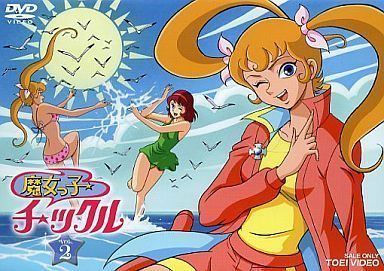
Story
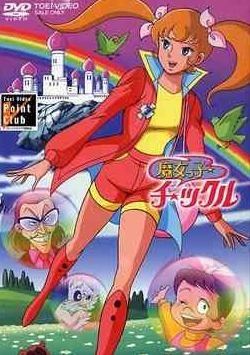
Tiko (actually "Chiiko"), a shy Japanese schoolgirl, receives a book as a gift from her father on her eleventh birthday. When Tiko opens the book, she releases Tickle ("Chikkuru"), a mischievous fairy who was imprisoned inside the book for playing pranks on people. At first Tiko doesn't believe Tickle is a witch, and tells her to prove it. So Tickle delivers Tiko's scarf to her friend Mico (who had just moved to Hokkaido, and promised to be around for Tiko's birthday). Once Tiko realizes the truth, she is happy to befriend Tickle. Tickle casts a spell, and Tiko is surprised when her mother tells her and her "sister" Tickle to come down for dinner. Tickle reveals that in order to avoid awkward questions about where she came from, she will pass herself off as Tiko's twin sister. Tickle uses her powers to solve everyday problems and, of course, to continue playing tricks on people (particularly Tiko's annoying kid sister, Hina).
Like other magical girls, Tickle has a special phrase she uses to cast a spell; hers is: "Maharu Tamara Furanpa."
Although the series is mostly light-hearted and whimsical, there are some serious parts, such as children being teased for being overweight or ugly. The series also features a reversal of expectations, as Tickle is from another world, and has her own way of doing things.
Characters
Distribution
Perhaps because it is aimed at a substantially younger demographic than Go Nagai's other creations, Majokko Tickle is one of Nagai's most obscure works. Nevertheless, the series was dubbed into other languages and broadcast in several other countries, including Italy (Lilli, un guaio tira l'altro), France (Magique Tickle, drole de fee or "Tickle the Funny Fairy"), Turkey, and Poland (Magiczne Igraszki). In Italy, the opening theme song was an instrumental version of the original Japanese theme by Mitsuko Horie, and the Polish version (aired on Polonia 1) retains the original Japanese vocal themes, but an entirely different song was used in the French version. The Polish dub is peculiar in that it does not feature actual Polish voice actors, but simply a reading of Polish-language dialogue by a female voiceover artist over the original Japanese dialogue. Both the Italian and French dub have completely new music and SFX, possibly because Toei didn't have the original materials. A Spanish dub, titled Cosquillas Mágicas, was also shown in Spain on the Antena 3 network.
Since the copyright of the series belongs to Toei Co. Ltd. and not Toei Animation, a VHS and LD release was not possible. Also, because of this situation, Tickle's appearance in the 1999 Role-playing video game Majokko Daisakusen: Little Witching Mischiefs (which featured magical girls from Toei Animation TV series from 1966–1981, including Cutie Honey, Megu-chan, Sally, Akko-chan and Lunlun among others), was not possible. After several years, the series has finally been released for the home video market by Toei Video in Japan in 4 DVD sets of two discs between 2005 and 2006.
Anime staff
(Source: Anime News Network; Anime Memorial, The Anime Encyclopedia by Jonathan Clements and Helen McCarthy)
